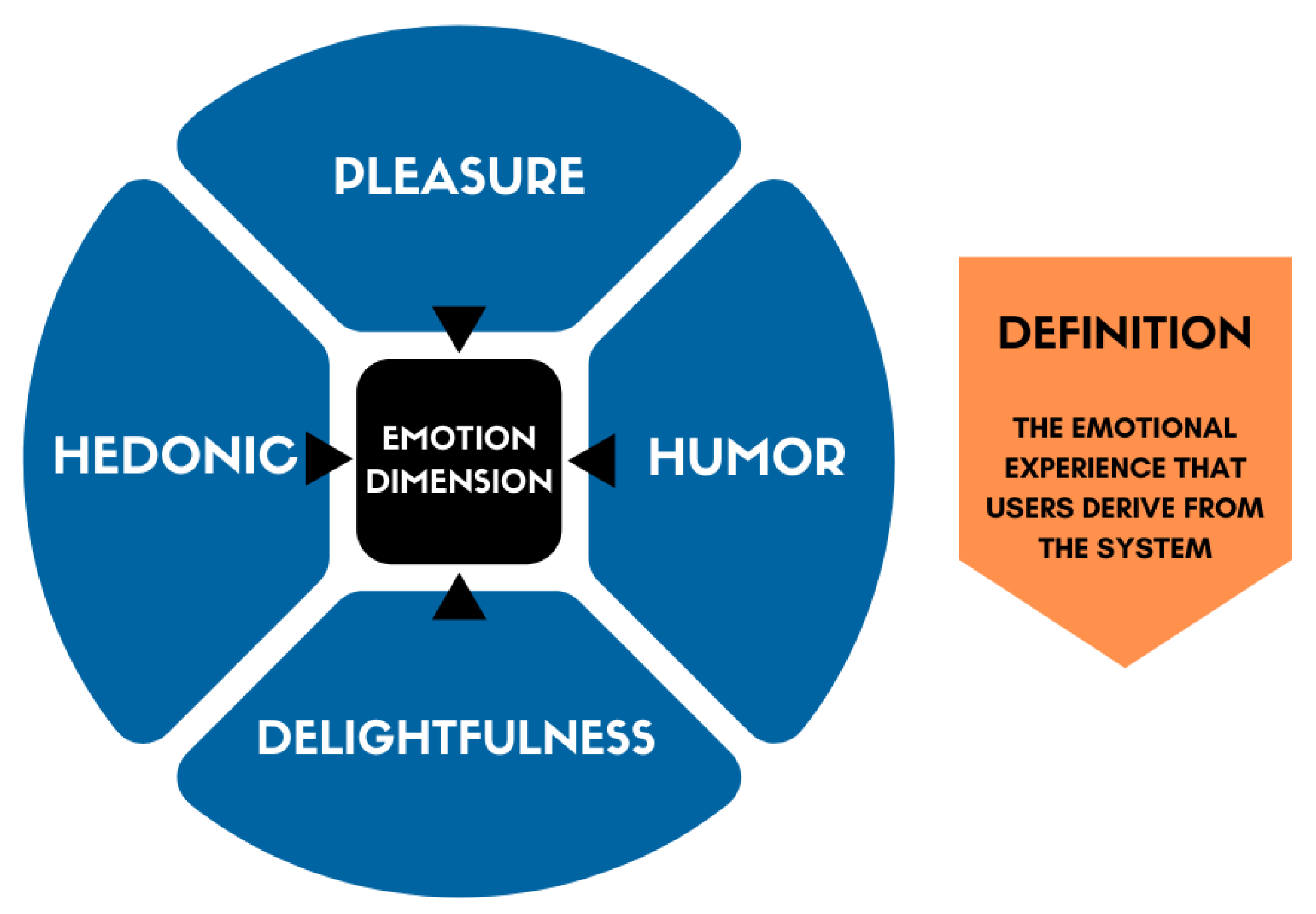Inside Apple’s Design Philosophy: How Aesthetics Influence User Experience
In the realm of technology, Apple Inc. stands out as a company that has revolutionized the way we interact with our devices. From the iconic iPhone to the sleek MacBook, Apple products are not only celebrated for their functionality but also for their impeccable design aesthetics. The secret behind Apple’s design success lies in their unwavering commitment to a design philosophy that places aesthetics at the forefront of the user experience. In this article, we delve into the core principles of Apple’s design philosophy and explore how aesthetics influence user experience.
- Aesthetic Appeal as a Core Principle:
Apple’s design philosophy revolves around the belief that form and function are intertwined. Steve Jobs, the visionary co-founder of Apple, once famously said, “Design is not just what it looks like and feels like. Design is how it works.” This encapsulates the essence of Apple’s design approach – aesthetics should complement functionality and vice versa.
The company’s products boast a seamless blend of minimalist elegance and cutting-edge technology. Every curve, edge, and material choice is meticulously crafted to elicit an emotional response from users. By prioritizing aesthetic appeal, Apple ensures that its products become more than mere tools but extensions of users’ lifestyles.
- The Power of Simplicity:
Simplicity is at the core of Apple’s design language. The company embraces the concept of “less is more” to create visually uncluttered and intuitive interfaces. Whether it’s the clean lines of the iPhone or the straightforward macOS layout, Apple products are designed to be accessible to users of all levels of tech proficiency.
The advantage of simplicity lies in its ability to reduce cognitive load. Users are more likely to engage with a product when they can quickly understand and navigate it. By focusing on the essentials and eliminating unnecessary complexities, Apple enhances user experience and fosters a sense of satisfaction and delight.
- Attention to Detail:
Apple’s commitment to detail is legendary. Their design teams obsess over every minute aspect, from the precise curvature of the device’s body to the texture of the buttons. This fastidious attention to detail is what sets Apple apart from its competitors and contributes significantly to its brand identity.
When users feel that a product is carefully crafted, they perceive it as high-quality and reliable. This emotional connection fosters brand loyalty and repeat purchases. Moreover, attention to detail is also evident in the software aspect, with smooth animations and well-thought-out user interactions enhancing the overall experience.
- Human-Centric Design:
Apple’s design philosophy is deeply rooted in human-centric design principles. Rather than trying to fit users into predefined molds, Apple observes how people naturally interact with technology and designs its products accordingly. By empathizing with the end-users, Apple is able to create products that resonate with their needs and desires.
For instance, the Touch ID feature on iPhones and iPads was designed with user convenience and security in mind. Apple recognized the importance of a seamless, secure unlocking method and integrated fingerprint recognition into their devices. This user-centric approach has been instrumental in shaping Apple’s reputation for customer satisfaction.
- Consistency across Ecosystem:
Apple’s ecosystem encompasses a wide range of products, from smartphones and tablets to laptops and wearables. A key element of their design philosophy is the seamless integration and consistency across this ecosystem. When users switch between different Apple devices, they experience a level of familiarity that promotes ease of use.
Consistent design elements, such as the iconic app icons or the familiar navigation gestures, provide a sense of continuity that enhances the overall user experience. This interconnectedness strengthens user loyalty and encourages customers to stay within the Apple ecosystem.
- Emotional Design:
Emotional design plays a vital role in Apple’s products. The company understands that people form emotional connections with their devices, and they capitalize on this phenomenon. Apple products are designed to evoke positive emotions, such as joy, excitement, and satisfaction.
From the satisfying click of the MacBook trackpad to the cheerful “Ping” sound of iMessage, these subtle emotional cues enhance the user experience and create lasting impressions. By evoking positive emotions, Apple fosters a deep emotional bond between users and their devices.
- Iterative Improvement:
Apple’s design philosophy isn’t stagnant; it’s continuously evolving. The company believes in iterative improvement and actively seeks user feedback to refine its designs. Regular software updates and hardware advancements demonstrate Apple’s dedication to enhancing user experience based on user needs and preferences.
This commitment to improvement helps Apple stay relevant in a fast-paced industry and ensures that their products remain competitive and desirable.
Conclusion:
Apple’s design philosophy is a masterful fusion of aesthetics and functionality. By prioritizing aesthetic appeal, embracing simplicity, attending to detail, and placing the user at the center of the design process, Apple creates products that resonate with users on an emotional level. The consistent and interconnected ecosystem further cements user loyalty, while iterative improvement ensures that Apple stays ahead of the curve.
Through their design philosophy, Apple has not only revolutionized the technology landscape but also influenced the way other companies approach product design. As consumers continue to seek products that are not only functional but also visually appealing and emotionally satisfying, Apple’s design philosophy will undoubtedly remain a benchmark for user experience excellence


